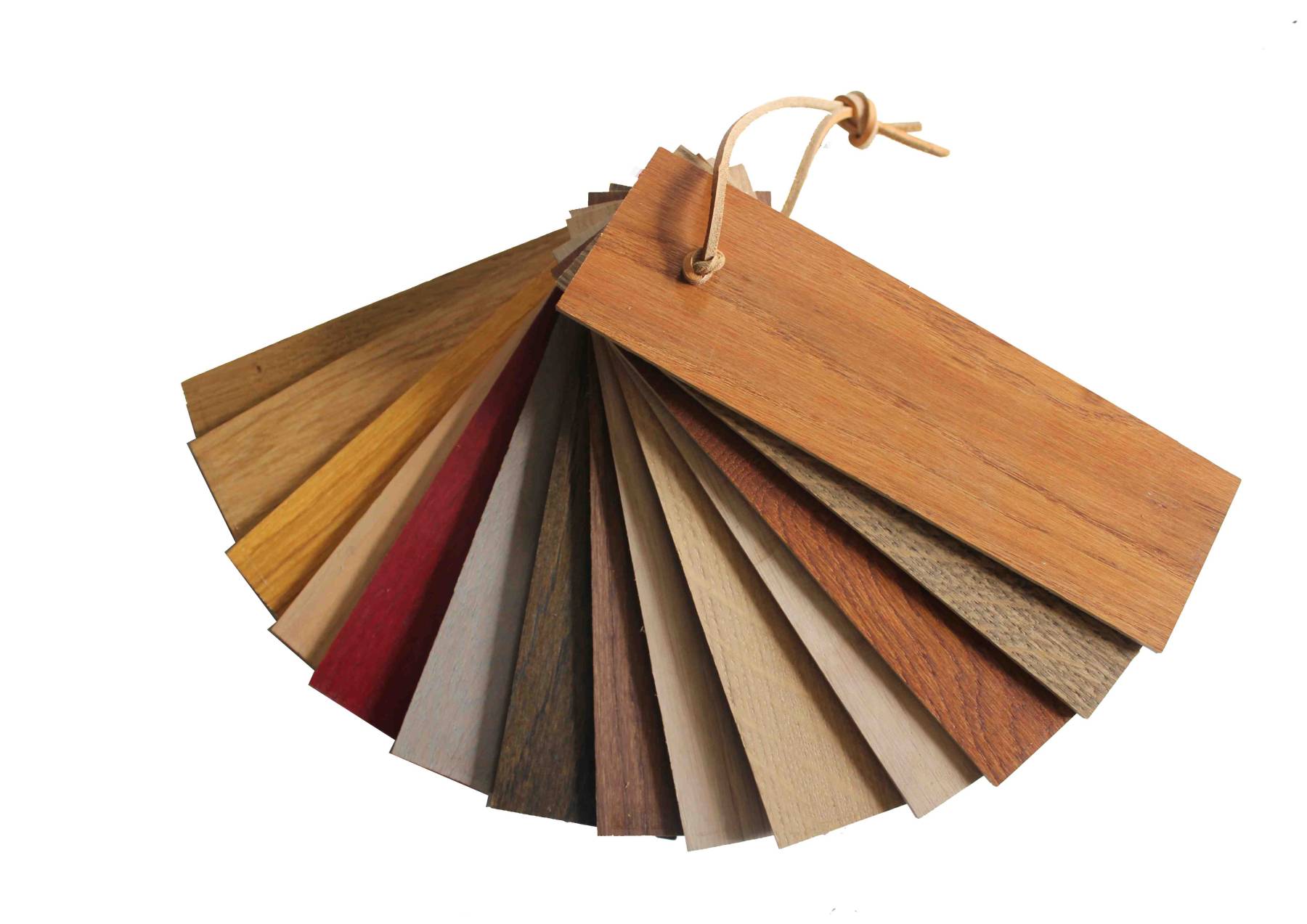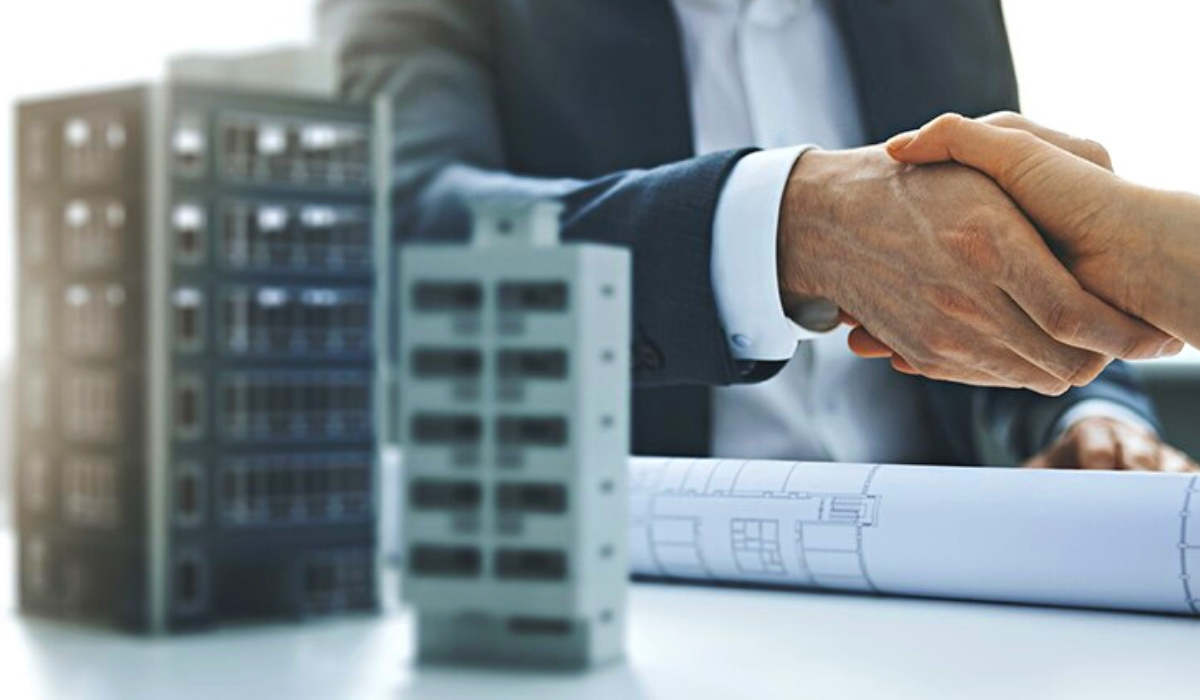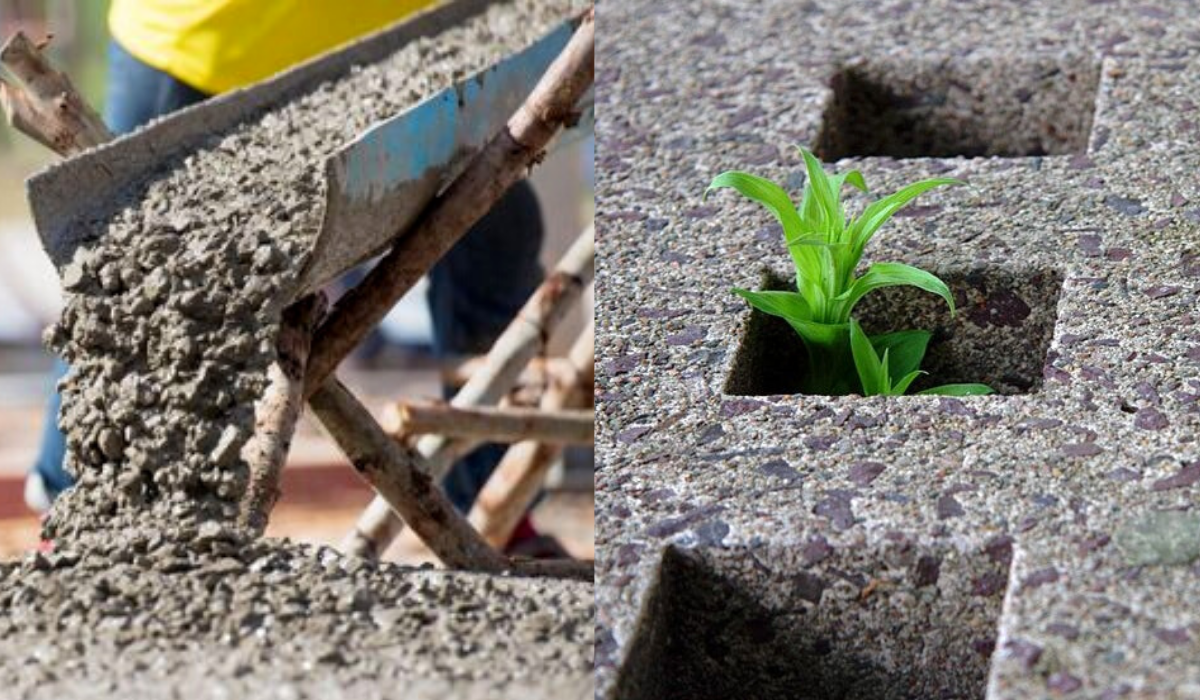HPL is a real performer, making it a product that can be used for both horizontal and vertical applications. High Pressure Laminate is often used in both commercial and residential projects as benchtops, vanity tops, tables, counters and more.
Decorative laminates are laminated products primarily used as furniture surface materials or wall paneling. It can be manufactured as either high- or low-pressure laminate, with the two processes not much different from each other except for the pressure applied in the pressing process. The European Standard EN438 is one of the standards that most decorative laminates manufacturers selling to worldwide market adhere to. The specific code is EN438, entitled: Decorative high-pressure laminates (HPL) sheets based on thermosetting resins, specifications. It replaced all other national European standards.
What Is Compact Board (HPL)?
According to McGraw-Hill Dictionary of Architecture & Construction, high-pressure laminates consists of laminates moulded and cured at pressures not lower than 1,000 psi (70 kg/cm2) and more commonly in the range of 1,200 to 2,000 psi (80 to 140 kg/cm2).” HPL is made of resin impregnated cellulose layers, which are consolidated under heat and high pressure. The various layers are described below as overlay paper, which serves to improve the abrasion, scratch and heat-resistance. Also decorative paper, which defines the design and is composed of coloured or printed paper. Finally, Kraft paper, which is used as core material and control product thickness.
How Is Compact Board Produced?
After the papers are impregnated with the resins, the three layers of paper/resin are placed into a press which simultaneously applies heat (120 °C) and pressure (5 MPa). The pressing operation allows the thermoset resins to flow into the paper, then subsequently cure into a consolidated sheet with a density greater than 1.35 g/cm3 (84 lb/cu ft). During the press cycle, the decorative surface can also be cured while in contact with a textured surface to create one of many different surface finishes. HPL consists of more than 60 to 70% paper, with the remaining 30 to 40% a combination of phenol-formaldehyde resin for the core layers and melamine-formaldehyde resin for the surface layer. Both resins belong to a class of thermosetting resins which crosslink during the press cycle creating irreversible chemical bonds that produce a nonreactive, stable material with characteristics different and superior to those of the component parts.HPL can be produced using both continuous and discontinuous (batch) manufacturing processes. HPL are supplied in sheet form in a variety of sizes, thicknesses and surface finishes.
Where Is The Compact Board Used?
Antibacterial properties are important for decorative laminates because these laminates are used as kitchen tops and counter tops, cabinets and table tops that may be in constant contact with food materials and younger children. Antibacterial properties are there to ensure that bacterial growth is minimal. A common anti-fungi standard is the ASTM G21-09. Not all manufacturers will take the initiatives for product R&D for anti-Fungi attributes. For a Compact Board with anti-fungi standard may used in the wet areas, bathrooms, washrooms, public toilets and areas containing high human traffic. There are many different standards with regards to fire-resistant and flame-retardant properties of high-pressure decorative laminates. While different countries may have different standards for the building industry to adhere to, most countries may agree on some of the more common standards being used in the industry. Very often, just like other standards applicable to the industry, the tests may be European Standards with their equivalent in the US Standards. For a Compact Board with fire-resistant and flame retardant specifications may used in the kitchen areas, restaurants, concert halls, cinema and theatres.
If you’d like you can see HPL Cataloge of Key Global.





